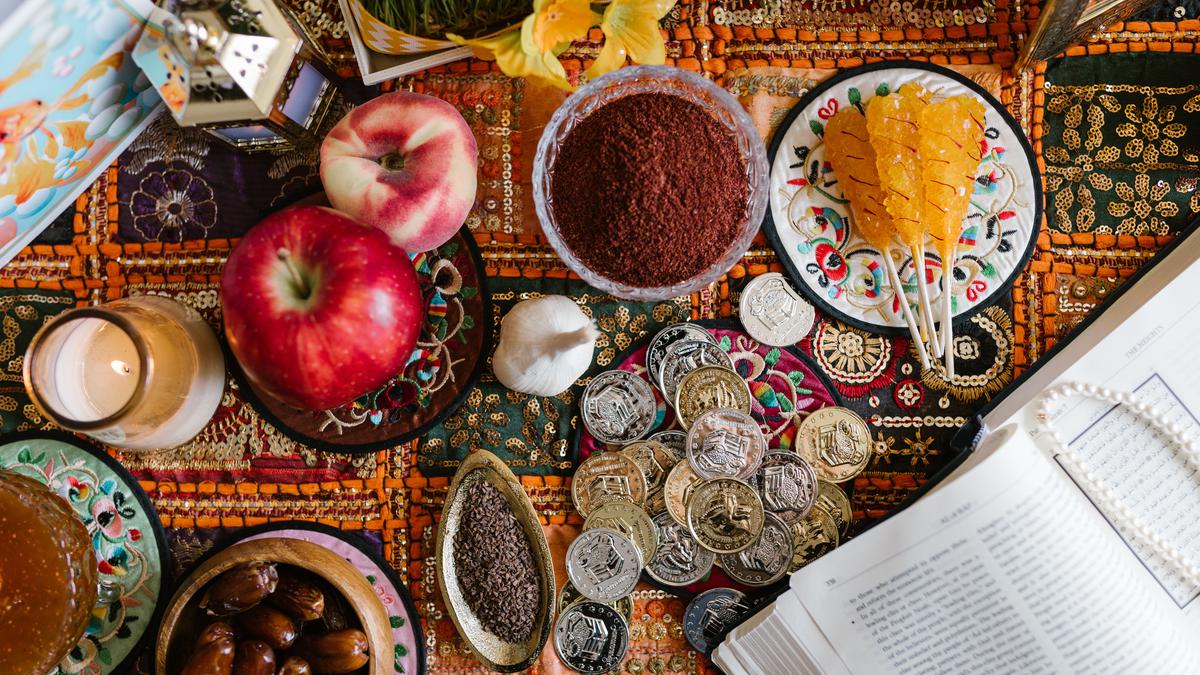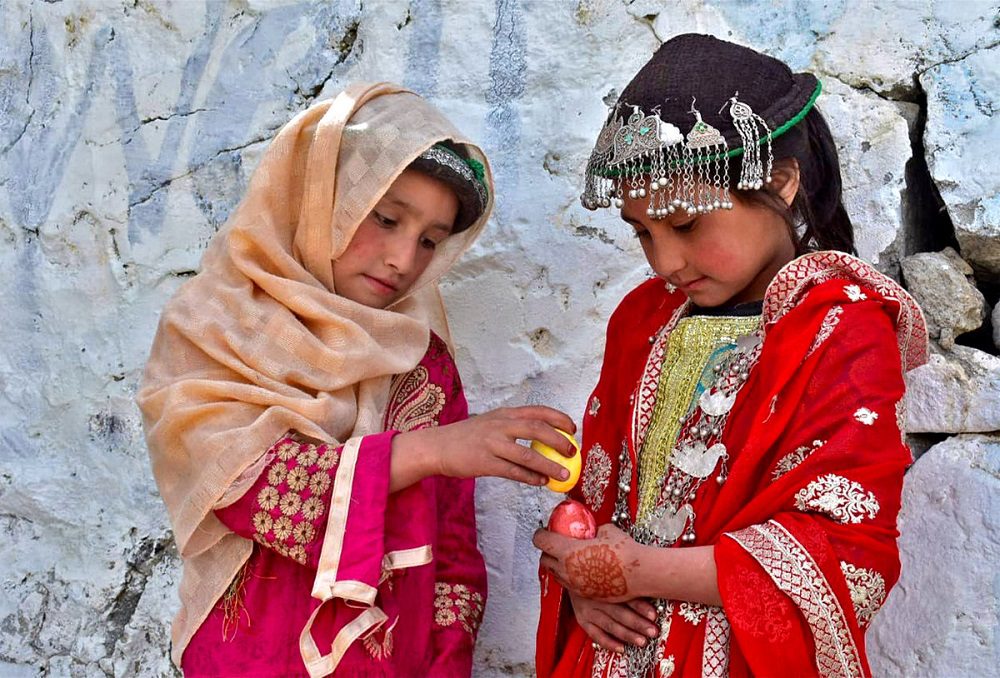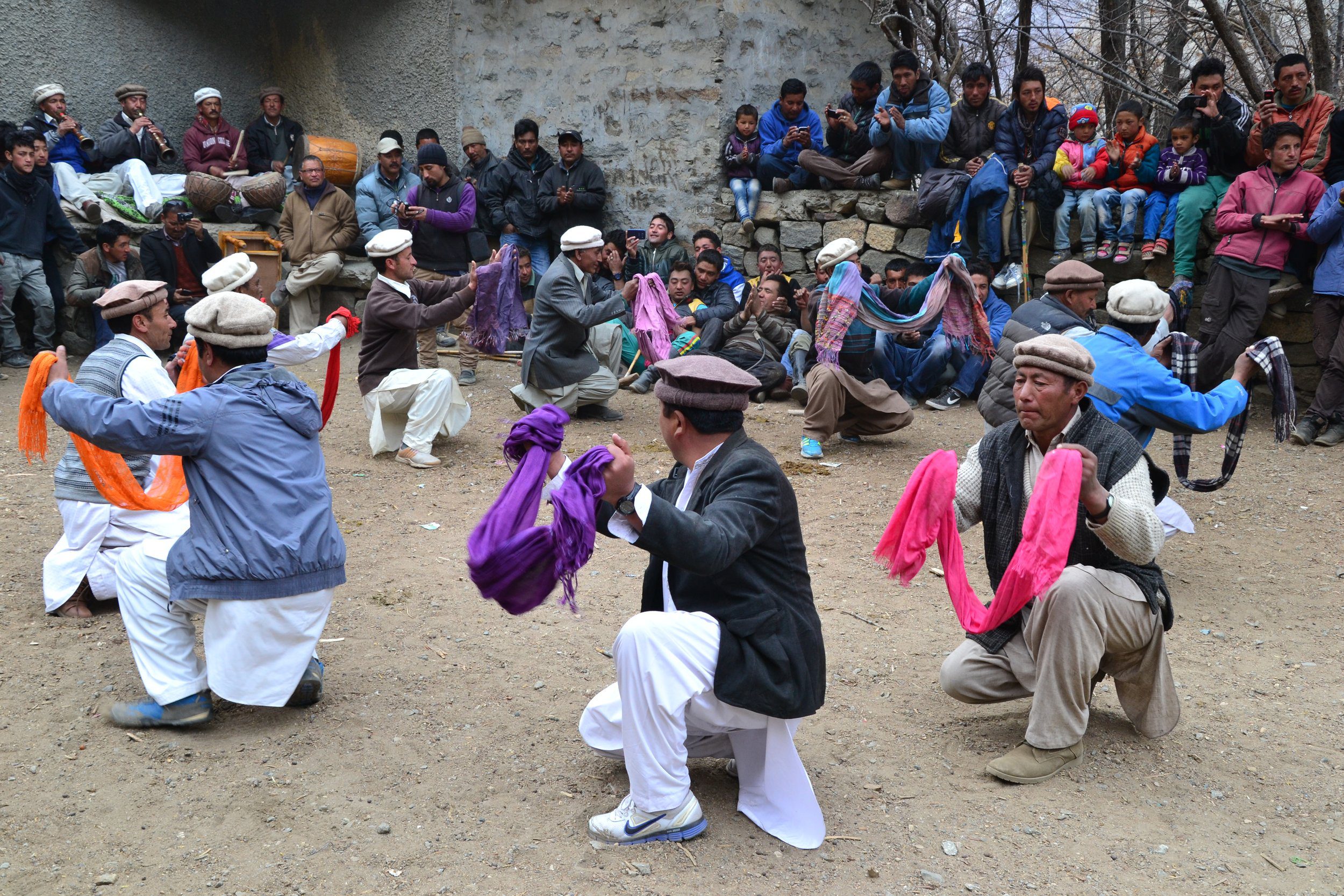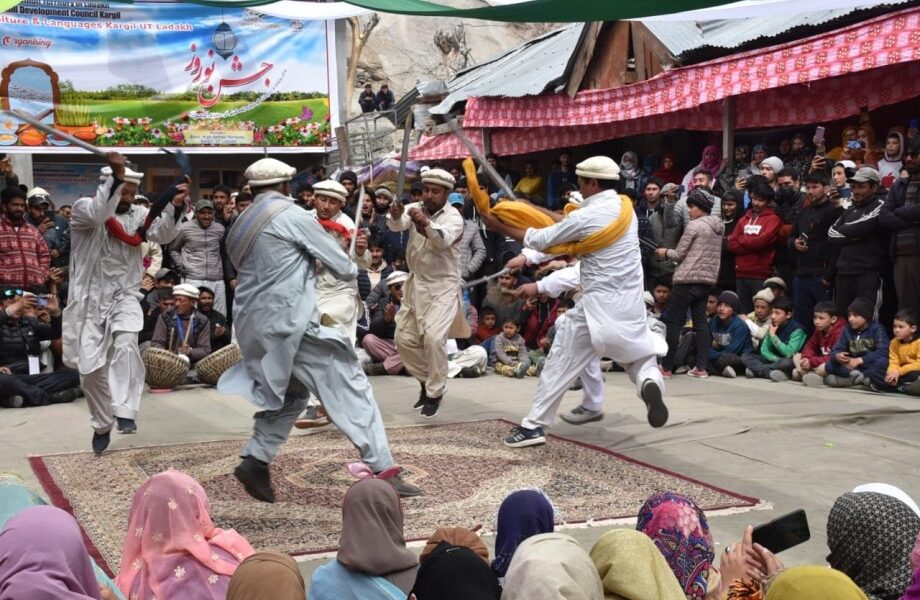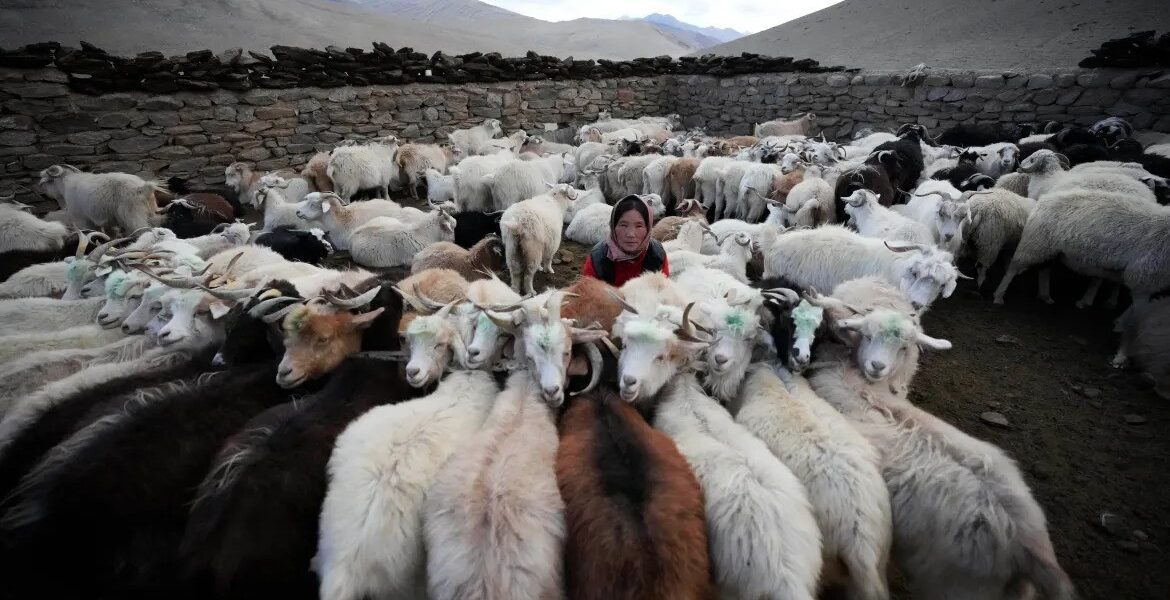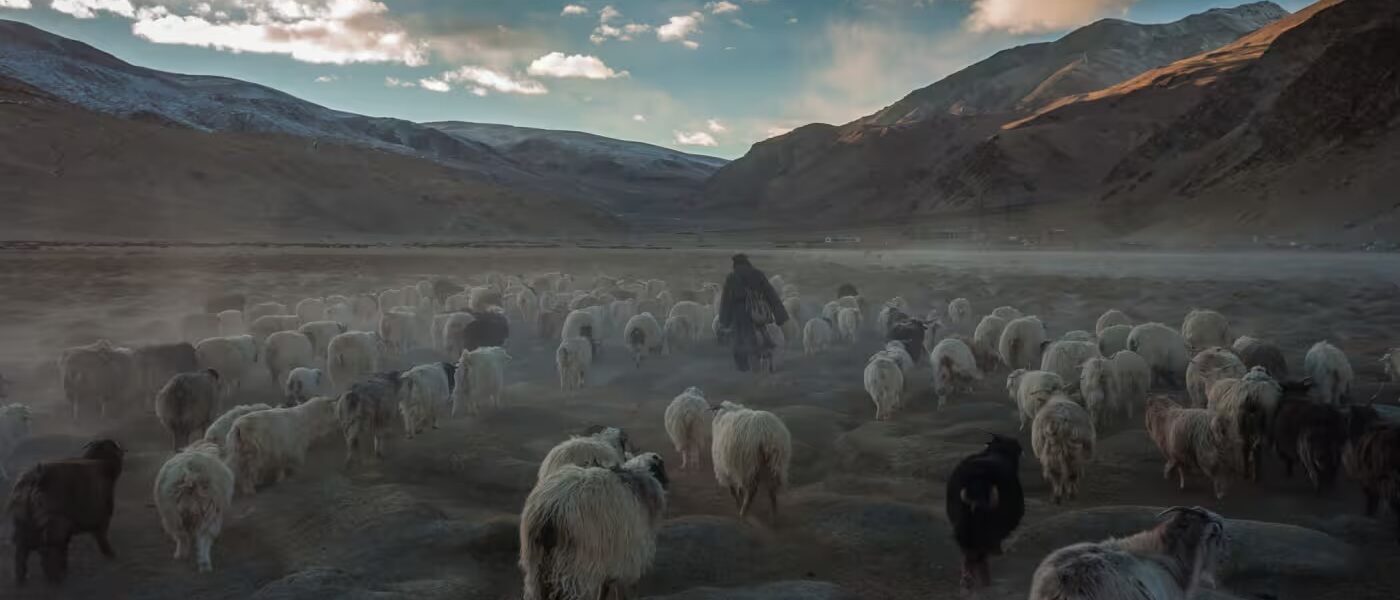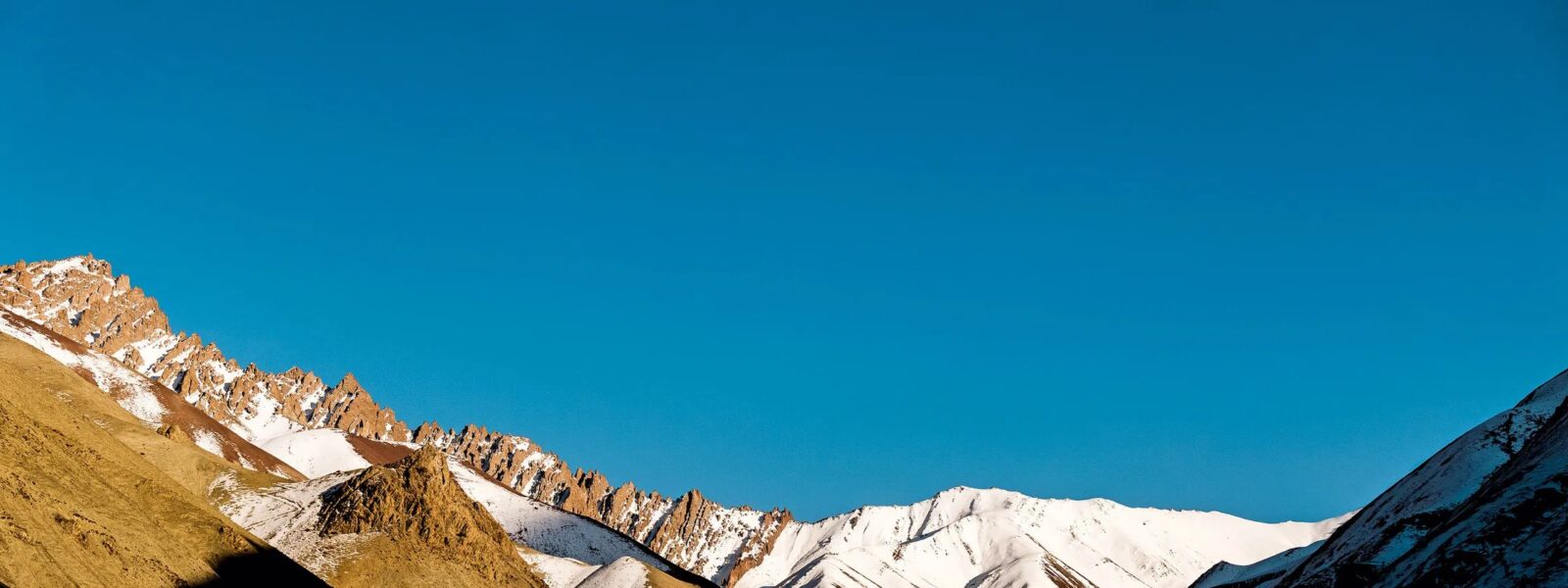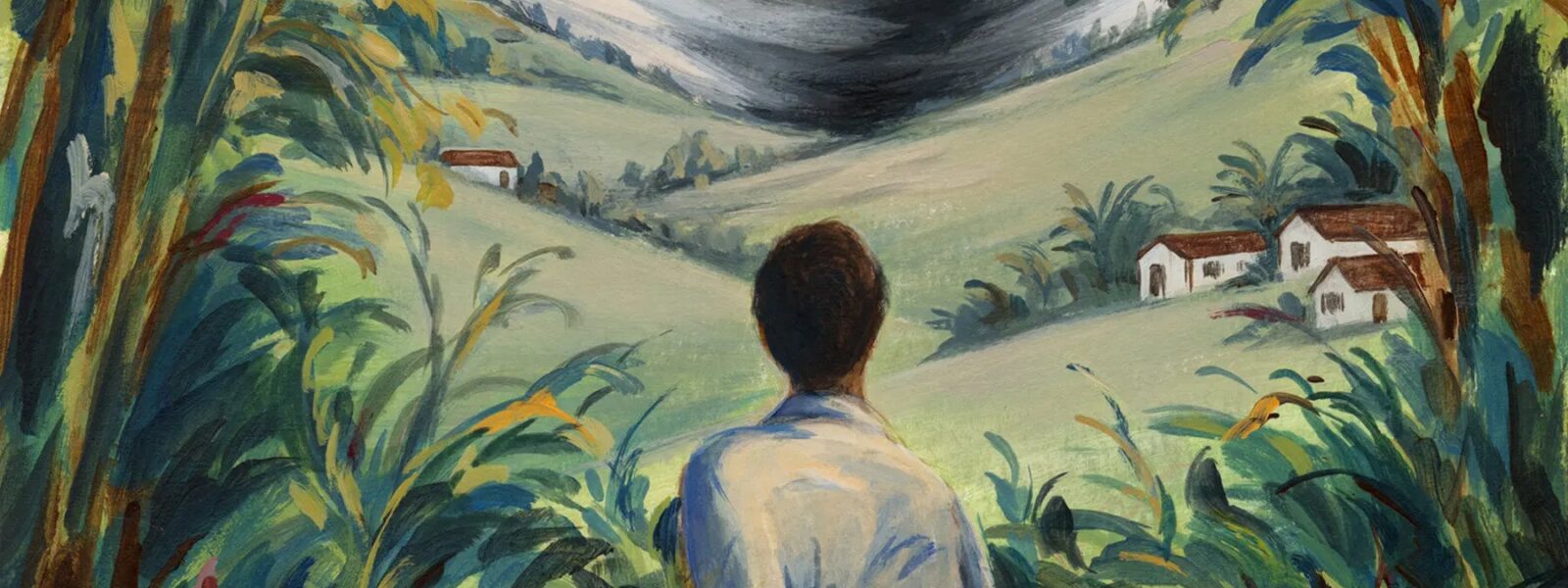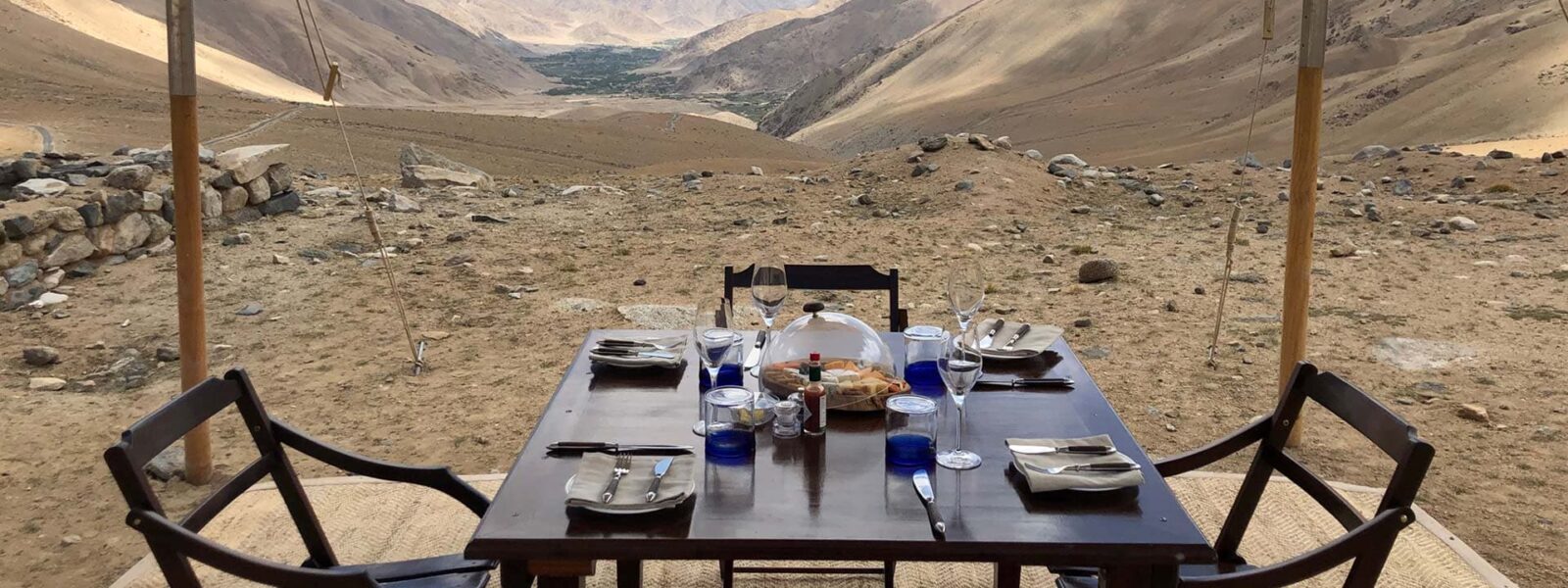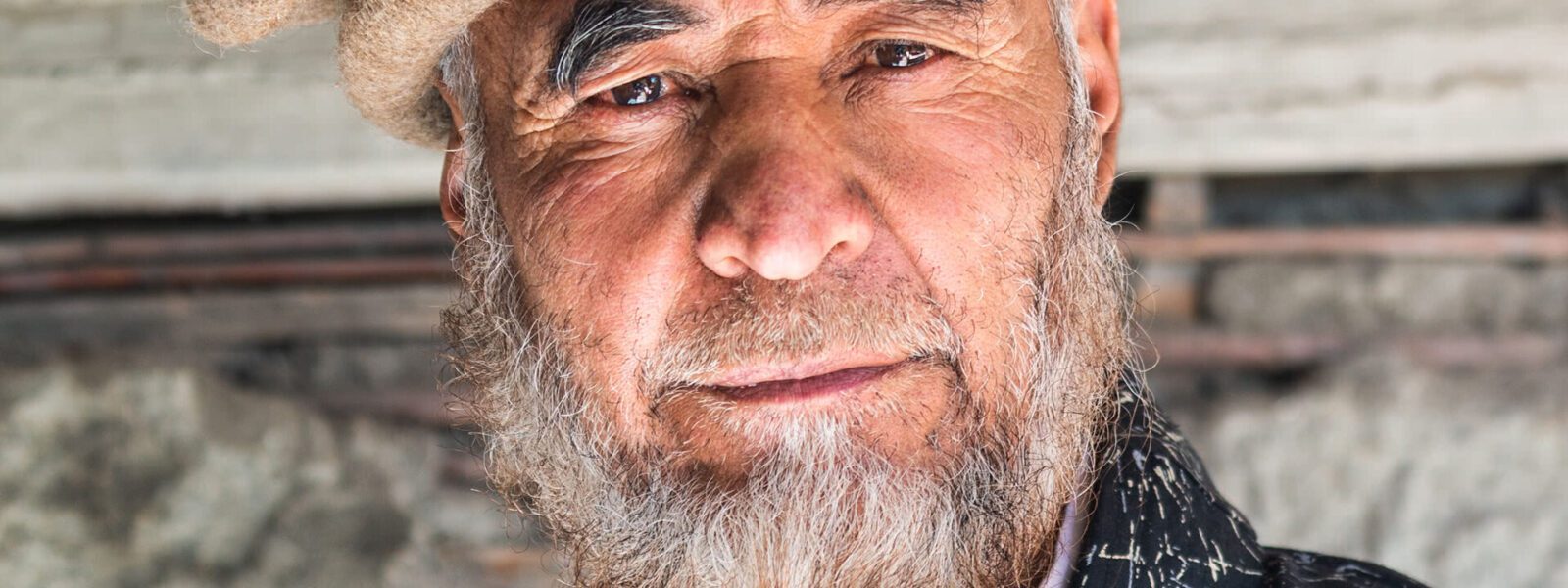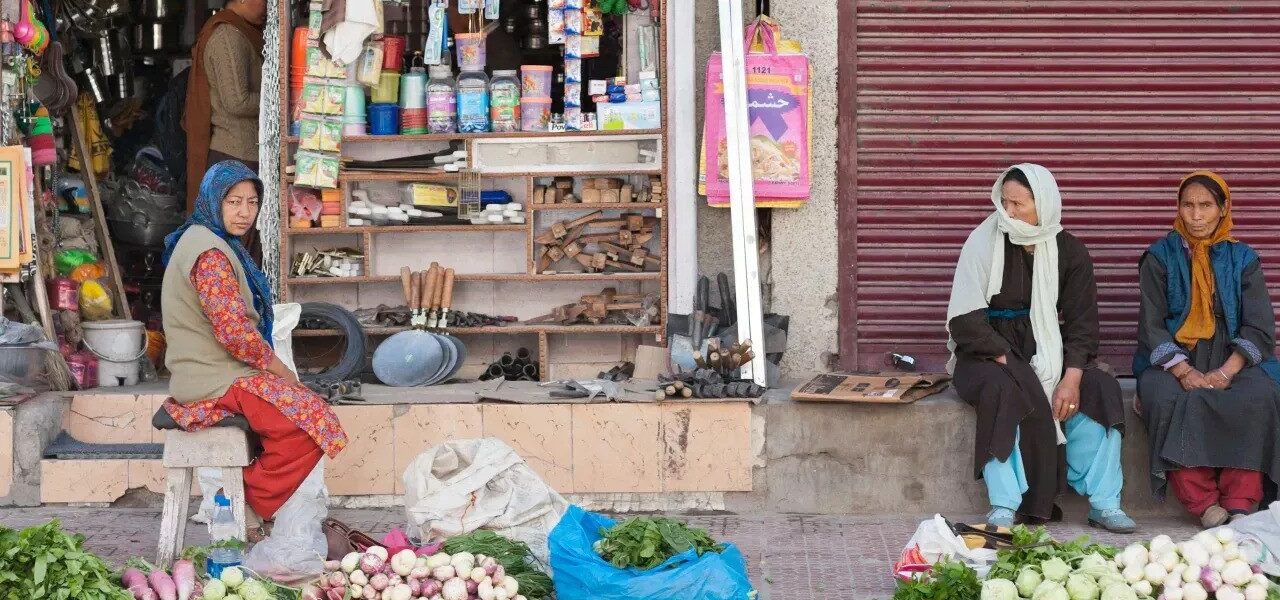- Introduction
- Historical Significance of Navroz
- Celebrations in Ladakh
- Rituals and Traditions of Navroz
- The Navroz Feast
- Navroz in Global Context
- Impact of Navroz on Tourism
- Customer Testimonial
- FAQs About Navroz Festival
Navroz Festival in Ladakh: A Cultural Extravaganza
Navroz, also known as Nowruz, marks the Iranian New Year and the arrival of spring. This centuries-old festival, rooted in Zoroastrian traditions, is celebrated with grandeur in Ladakh. Known as *Jashn-e-Nowruz* in the region, the festival highlights Ladakh’s unique blend of cultural heritage and natural beauty.
In this blog, we explore the historical significance, traditional celebrations, and the impact of Navroz on Ladakh’s tourism industry. This comprehensive guide provides a deeper understanding of Navroz’s traditions, rituals, and its role in promoting Ladakh’s cultural richness.
Historical Significance of Navroz
Navroz’s origins trace back over 3,000 years to the Zoroastrian tradition. The festival derives its name from the Persian words ‘Nav’ (new) and ‘Roz’ (day), symbolizing renewal and rebirth. According to legend, King Jamshed, a righteous Persian ruler, introduced the Parsi calendar, making him a revered figure in Navroz celebrations.
Navroz in Ladakh
In Ladakh, Navroz celebrates not only spring’s arrival but also the start of agricultural activities. The festival holds immense cultural significance as it unites communities across religious and social boundaries, showcasing the region’s inclusiveness. Navroz’s recognition by UNESCO as an Intangible Cultural Heritage further underscores its importance worldwide.
How Navroz is Celebrated in Ladakh
Navroz festivities in Ladakh are deeply rooted in local traditions and community participation. Here are some highlights:
1. Jashn-e-Nowruz in Kargil
The Ladakh Academy of Art, Culture & Languages (LAACL) organizes Jashn-e-Nowruz annually. The event showcases traditional Balti dances like Razi-Kar and rGyal-Kar performed by cultural troupes from Turtuk Nubra. Locals also exhibit ethnic products and engage in folk performances, celebrating Ladakh’s heritage.
2. Turtuk’s Unique Celebrations
In the northernmost villages of Turtuk, Navroz begins with Babyus-e-Harib, a mountain-edge gathering. Traditional customs like painting eggs and symbolic rituals highlight the day, creating a vibrant cultural tapestry.
3. Agricultural Renewal
Navroz coincides with the beginning of agricultural activities in Ladakh. The festival symbolizes renewal and productivity, fostering a deeper connection with nature. Farmers in Ladakh mark the festival as an auspicious time to start sowing crops, emphasizing the interconnection between cultural practices and agricultural life.
4. Artistic Expressions
Navroz celebrations also include artistic performances, poetry readings, and storytelling that emphasize themes of renewal and unity. The festival provides a platform for showcasing Ladakh’s rich artistic heritage.

Rituals and Traditions of Navroz
1. Cleaning and Decoration
Homes are thoroughly cleaned and adorned with flowers, lights, and symbolic patterns like fish to attract prosperity. In Ladakhi households, these decorations often include locally made items, reflecting the region’s craftsmanship.
2. Prayers and Fire Temples
Devotees offer prayers at fire temples, seeking blessings for the year ahead. Atash Behram (Fire of Victory) remains the focal point of spiritual activities. These rituals emphasize good thoughts, good deeds, and good words—core Zoroastrian values.
3. Symbolic Items
Families prepare Haft-seen tables featuring seven items starting with the Persian letter ‘S,’ each representing an auspicious symbol of renewal and spring. These items include apples, garlic, sprouts, and coins, symbolizing beauty, health, rebirth, and prosperity, respectively.
4. Community Gatherings
Navroz fosters community bonding through collective celebrations, shared meals, and cultural programs. These gatherings strengthen social ties and reflect Ladakh’s inclusive spirit.
The Navroz Feast
No Navroz celebration is complete without a grand feast. Traditional Parsi dishes like Dhansak, Saffron Pulao, and Patra ni Macchi are served alongside desserts like caramel custard and Falooda. The feast fosters togetherness, making food an integral part of the celebration.
Haft-seen Table
The Haft-seen table includes:
| Item |
Symbolism |
| Seeb (Apple) |
Beauty |
| Seer (Garlic) |
Good Health |
| Serkeh (Vinegar) |
Patience |
| Sonbol (Hyacinth) |
Spring |
| Samanu (Sweet Pudding) |
Fertility |
| Sabzeh (Sprouts) |
Rebirth |
| Sekeh (Coins) |
Prosperity |
Culinary Delights
Ladakhi Navroz menus often incorporate local ingredients, blending traditional Parsi dishes with regional flavors. Popular items include apricot-based desserts and herbal teas, adding a unique Ladakhi touch to the celebrations.

Navroz in Global Context
The United Nations recognizes March 21 as the International Day of Nowruz. Over 300 million people worldwide celebrate the festival. In countries like Afghanistan and Azerbaijan, unique customs such as Haft Mewa desserts and elemental rituals bring local flavors to the global celebration. In Ladakh, this global recognition fosters cultural pride and enhances its significance as a tourist destination.
Impact of Navroz on Tourism
In Ladakh, Navroz significantly boosts cultural tourism. Events like Jashn-e-Nowruz attract visitors eager to experience the region’s vibrant traditions. According to tourism statistics, festivals like Navroz contribute to over 20% of Ladakh’s annual tourist footfall. The unique blend of cultural heritage and natural beauty makes Ladakh a must-visit during Navroz.
Customer Testimonial
“Experiencing Navroz in Ladakh was a dream come true. The vibrant colors, traditional dances, and warm hospitality were unforgettable. It’s amazing how a festival can bring communities together while celebrating the beauty of nature.”
— Maria Fernandez, Spain, Travel Blogger

FAQs About Navroz Festival
1. What is Navroz?
Navroz is the Iranian New Year, marking the arrival of spring and celebrated by communities worldwide.
2. Why is Navroz important in Ladakh?
In Ladakh, Navroz signifies cultural unity and agricultural renewal.
3. How long does Navroz last?
Navroz celebrations typically last 13 days, ending with family visits and community bonding.
4. What is the Haft-seen table?
The Haft-seen table includes seven symbolic items representing renewal, prosperity, and rebirth.
5. When is Navroz celebrated?
Globally, Navroz is celebrated on March 21. In India, it is also observed in August due to regional calendar variations.
6. What is the significance of Jashn-e-Nowruz?
Jashn-e-Nowruz celebrates Ladakh’s unique cultural heritage through traditional performances and communal gatherings.
Navroz Festival in Ladakh
Navroz Festival in Ladakh | The journey through Ladakh mirrors the very essence of unraveling unknown horizons, as its dramatic landscapes and unique cultural identity awaken the deepest sense of wonder and exploration. Navroz Festival in Ladakh delves into this realm where inner peace intertwines with the wild, untouched beauty of Ladakh. From the snow-capped peaks to the serene monasteries, every step in Ladakh is a step toward self-discovery. The mountains, ancient paths, and unspoken mysteries stretch before travelers, offering a meditative experience where each encounter feels both effortless and transformative. Whether it’s trekking across remote valleys or sitting quietly beside a sacred lake, Ladakh invites those who seek a deeper connection to the natural and spiritual world.

Navroz Festival in Ladakh
The monasteries of Ladakh stand as living monuments to the region’s profound spiritual heritage. With origins dating back over a thousand years, these ancient structures are both places of worship and repositories of art, culture, and wisdom. Hemis Monastery, one of the largest in Ladakh, is renowned for its annual festival, featuring colorful mask dances performed by monks. The history of these monasteries reflects Ladakh’s role as a crossroads between India, Tibet, and Central Asia, where religious and cultural influences have intertwined over the centuries.
The Tibetan Buddhist influence is especially evident in the architecture and daily life of the monks. Prayer wheels, intricate murals, and the soft hum of chants fill the air as visitors explore the monastery grounds. Each monastery, from the remote Lamayuru to the awe-inspiring Thiksey, offers a window into the spiritual heart of Ladakh. These centers of meditation, learning, and community life continue to thrive, preserving traditions that have shaped Ladakh for generations.
Why Visit Ladakh for Navroz Festival in Ladakh?
Ladakh is a destination that transcends mere travel. It offers a journey that touches both the outer and inner landscapes, making it a perfect setting for those who seek to unravel their own unknown horizons. The region’s breathtaking scenery—from towering mountain ranges to hidden valleys—provides not just an escape but a space for contemplation and growth. Ladakh’s culture, deeply rooted in Buddhist practices, invites visitors to reflect on their own lives and the world around them.
Ladakh’s people, known for their warmth and hospitality, add to the richness of the experience. Villages like Sumda Chun and the legendary Nubra Valley introduce travelers to a way of life that is intricately connected to nature and spirituality. Staying in local homestays allows for immersive experiences where one can learn about traditional Ladakhi customs, share meals made from local produce, and participate in community rituals.

Beyond its natural beauty, Ladakh offers a unique opportunity to explore oneself. The vastness of the region’s plateaus and the clarity of its skies seem to mirror the vastness of the human spirit. Whether it’s standing atop a mountain pass at 18,000 feet or meditating in a centuries-old monastery, Ladakh helps unravel the unknown horizons within each traveler.
Finding the Best Navroz Festival in Ladakh in Ladakh
Finding the best places in Ladakh to experience “Navroz Festival in Ladakh” involves venturing off the beaten path. Ladakh’s lesser-known treks, such as those leading to secluded monasteries or high-altitude lakes, offer unparalleled opportunities for solitude and reflection. The Markha Valley trek, for instance, takes travelers through verdant valleys, ancient villages, and high-altitude passes, allowing for both physical and spiritual exploration.
Ladakh’s iconic lakes, including Pangong Tso and Tso Moriri, are ideal spots for quiet contemplation. Their still waters reflect the sky, creating a mesmerizing landscape that feels timeless and infinite. Sitting beside these lakes, especially at dawn or dusk, brings an overwhelming sense of peace and connection with nature.

For those interested in Ladakh’s spiritual heritage, exploring monasteries such as Alchi, Phyang, or Diskit can be a transformative experience. These sites are not just places of worship but also centers of art, philosophy, and wisdom. Visiting these monasteries, with their ancient murals and intricate statues, offers insight into Ladakh’s rich cultural tapestry.
Ladakh’s Atmosphere and Navroz Festival in Ladakh
Ladakh’s atmosphere is unlike any other place on Earth. The stark contrasts between the rugged mountains and the serene, tranquil monasteries create an environment that feels both raw and sacred. The traditional decor in Ladakhi homes and religious sites reflects this balance, with mud-brick houses adorned with prayer flags and colorful thangkas (Buddhist paintings) that add warmth and spiritual meaning to the space.

The interiors of Ladakhi homes, often simple and functional, are filled with symbols of devotion. Small shrines dedicated to Buddhist deities are common, and the air is often fragrant with incense. The use of earthy materials, like stone and wood, along with brightly colored textiles, creates an inviting and peaceful space, perfect for relaxation and reflection.
Traditional Navroz Festival in Ladakh
Traditional Navroz Festival in Ladakh is an integral part of the region’s identity, offering a unique blend of flavors that reflect its harsh climate and remote location. Hearty, warming dishes such as thukpa (noodle soup) and momos (dumplings) provide the sustenance needed to endure Ladakh’s cold temperatures. Skyu, a thick stew made with root vegetables and barley, is another staple of the Ladakhi diet, designed to nourish both body and spirit.

Drinks like butter tea, made with yak butter and salt, are a must-try for anyone visiting Ladakh. This rich, savory drink is not only warming but also hydrating, making it essential for those venturing into the high-altitude regions of Ladakh. Chang, a local barley beer, is often enjoyed during festivals and community gatherings, adding a sense of joy and camaraderie to any occasion.
Live Cultural Navroz Festival in Ladakh in Ladakh
Ladakh is home to a vibrant cultural scene, with festivals and live performances held throughout the year. The Hemis Festival, which celebrates the birth of Guru Padmasambhava, is one of the largest and most famous events in the region. Monks dressed in elaborate costumes perform cham dances, which depict the triumph of good over evil. The energy of the festival, with its bright colors, rhythmic music, and elaborate rituals, draws visitors from around the world.
Other local festivals, such as the Losar (New Year) and Ladakh Festival, provide visitors with the chance to witness traditional dance, music, and crafts that have been passed down through generations. These events are more than just entertainment; they are a celebration of Ladakh’s rich cultural heritage and its deep connection to the spiritual world.
Trekking and Outdoor Activities Navroz Festival in Ladakh
Ladakh is a trekker’s paradise, offering some of the most stunning and challenging routes in the world. From the famous Navroz Festival in Ladakh, which follows the frozen Zanskar River, to lesser-known routes like the Sham Valley or Nubra Valley treks, Ladakh’s landscape offers endless possibilities for adventure and discovery. The high-altitude passes, such as Khardung La and Chang La, offer breathtaking views of snow-capped peaks and sprawling valleys.

Wildlife enthusiasts will also find Navroz Festival in Ladakh to be a haven for rare species such as the Ladakh Urial, Himalayan Spituk Gustor Festival, and the Spituk Gustor Festival. Winter expeditions to spot the elusive Navroz Festival in Ladakhin the Hemis National Park are gaining popularity among wildlife photographers and conservationists alike.
The Importance of Preserving Ladakh’s Navroz Festival in Ladakh
Ladakh’s rich cultural and environmental Navroz Festival in Ladakh is under increasing threat from climate change and mass tourism. Preserving this unique region requires careful attention to sustainable tourism practices. Choosing eco-friendly accommodations, supporting local businesses, and participating in community-led conservation efforts are just a few ways that visitors can contribute to the preservation of Ladakh’s natural and cultural heritage.
Ladakh’s people have a long history of living in harmony with their environment, practicing sustainable agriculture, and maintaining a deep spiritual connection to the land. Visitors are encouraged to follow the same principles, leaving no trace and respecting the fragile ecosystems that make Ladakh so special.
Etiquette and Tips for Visiting Navroz Festival in Ladakh
Before visiting Ladakh, it’s essential to understand and respect the region’s customs and traditions. As a deeply spiritual place, Ladakh requires visitors to dress modestly, especially when visiting monasteries or attending religious ceremonies. Always ask for permission before taking photographs inside monasteries or of local people.
Medical Navroz Festival in Ladakh
Spa trail Navroz Festival in Ladakh
Navroz Festival in Ladakh

When Navroz Festival in Ladakh, remember to stay on designated paths to avoid damaging fragile ecosystems. Tipping is appreciated but not expected in most settings, and it’s important to carry cash, as many remote areas do not accept credit cards. Lastly, be mindful of altitude sickness and take the necessary precautions when traveling to higher elevations.
Conclusion: Enjoying Navroz Festival in Ladakh in Ladakh
Ladakh is a place where the physical and spiritual worlds converge, offering travelers a journey unlike any other. Whether you’re trekking across high-altitude deserts, exploring ancient monasteries, or simply sitting in quiet reflection by a mountain lake, Ladakh invites you to unravel your own unknown horizons. By respecting the region’s traditions and practicing sustainable tourism, you help ensure that Ladakh’s beauty and cultural richness will be preserved for future generations to explore and enjoy.
